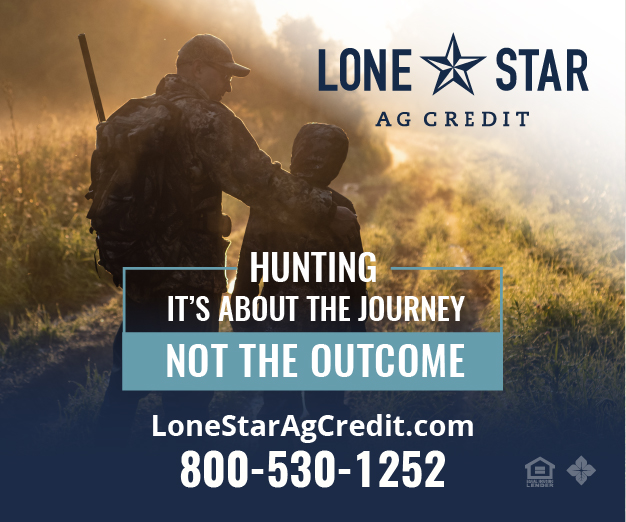Farm & Ranch
Think outside the box when selecting replacement cattle
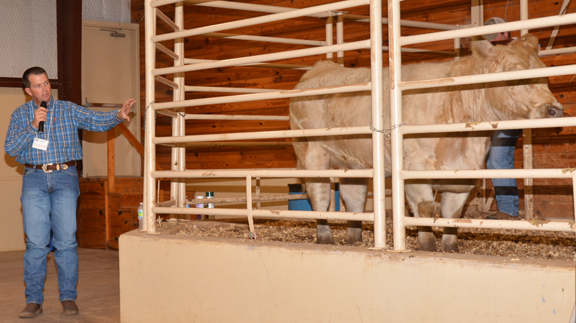
By: Blair Fannin
Writer: Blair Fannin, 979-845-2259, [email protected]
BRENHAM – With cattle prices at record highs, ranchers looking to build back beef cattle herds need to take careful consideration of the composition of replacement heifers to yield top-quality calves, according to experts.
About 200 cattle producers attended the recent 43rd South Central Texas Cow-Calf Clinic in Brenham, hearing from a variety of experts. The event was hosted by the Texas A&M AgriLife Extension Service with support of beef and forage committees from Austin, Brazos, Burleson, Fayette, Grimes, Harris, Lee, Waller and Washington counties.
“This year we focused on heifers and took the opportunity to talk about the basics of genetics, selection, function, design, (and) utility,” said Kara Matheney, AgriLife Extension agent for Washington County. “We are at a unique time right now, where we are making some serious decisions about the quality of stock we are purchasing to restock or what we are raising as replacements.”
Doug Pierce, division chair for agriculture at Blinn College in Brenham, said cattle producers should look at a number of criteria when selecting good replacement heifers. Skeletal soundness and length of stride are among those to consider. He also said to observe things not commonly thought of.
“Look for weird things, such as width of mouth,” he said. “A wide-mouth cow will eat more and perform better. Good traits of a cow also include having a good body. She should also be a cow that cares for and can nurse her calf until weaning. I tell my students if it (the cow) can’t pay that rent check, she’s a freeloader and get rid of her.”
Dr. Jason Cleere said structure is important, and don’t select females that are post-legged or stand too straight up and down.
“Cattle that are straight, their joints start to wear out sooner,” he said. “That is a trait you do not want.”
Both Cleere and Pierce said to watch a cow’s stride. Cows that take shorter strides require more steps and can have reduced longevity. Width of pin bones is another thing to consider. Cows that are wide between their pin bones tend to have more calving ease than those with narrow openings, Cleere said.
-30-
Farm & Ranch
Managing Show Cattle Through The Winter
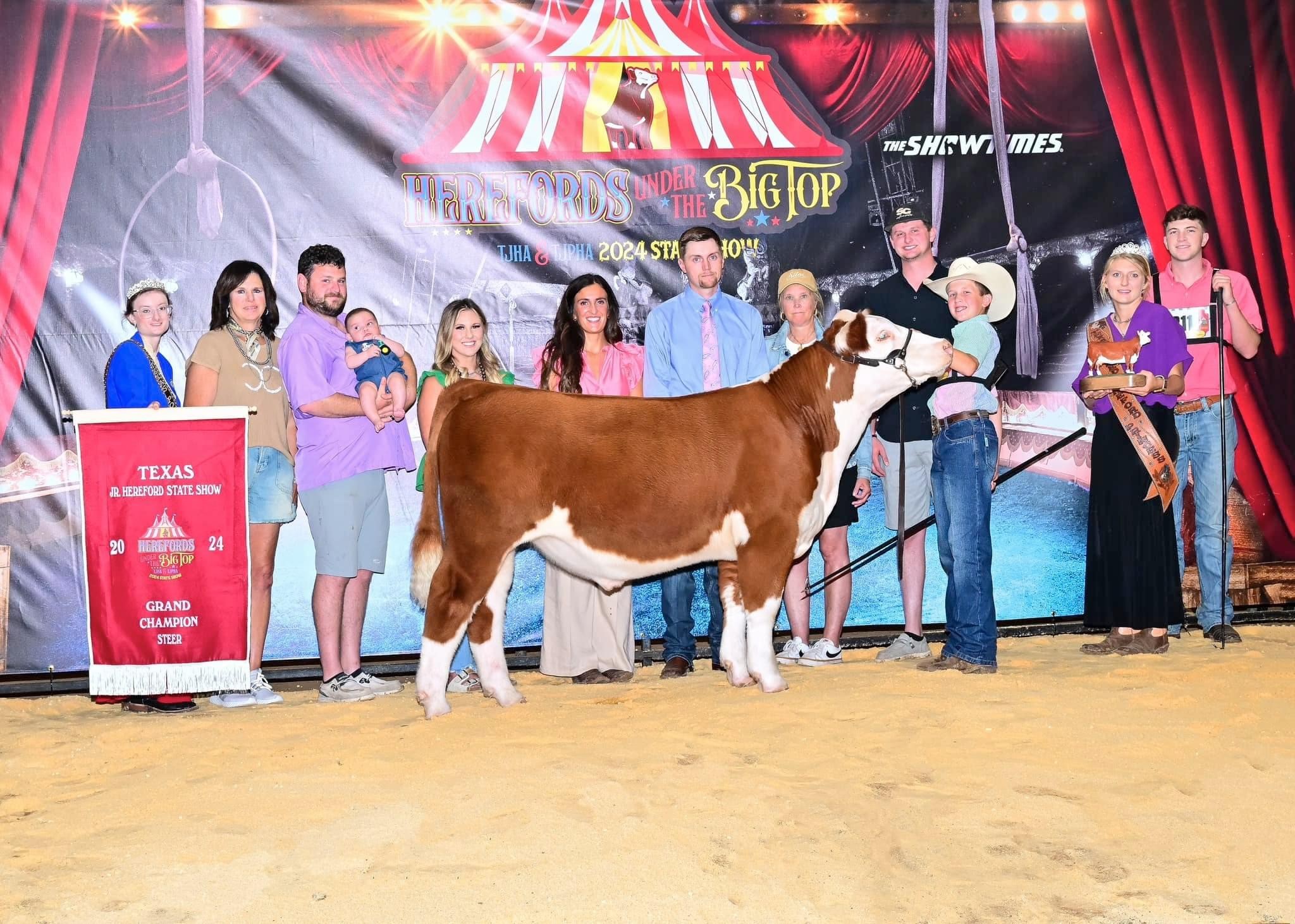
By Heather Welper
Husband and wife duo, Heather and Calvin Welper, are the Co-Owners and Operators or Two C Livestock, located in Valley View, Texas.
The pair’s operation has a show cattle focus where they raise and sell purebred heifers of all breeds and club calf Hereford steers.
When it comes to show cattle, the Welpers know a thing or two including how to prepare for the cold winter months and the Texas major show season run.
To read more, pick up a copy of the November edition of North Texas Farm & Ranch magazine, available digitally and in print. To subscribe by mail, call 940-872-5922.
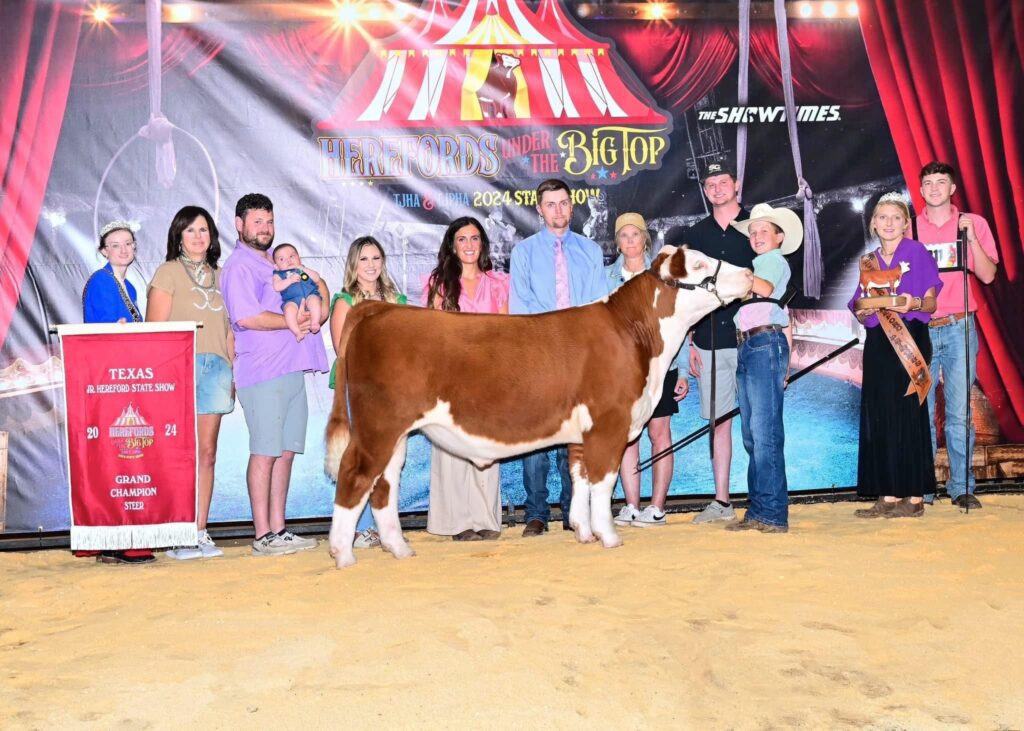
Farm & Ranch
Double M Ranch & Rescue
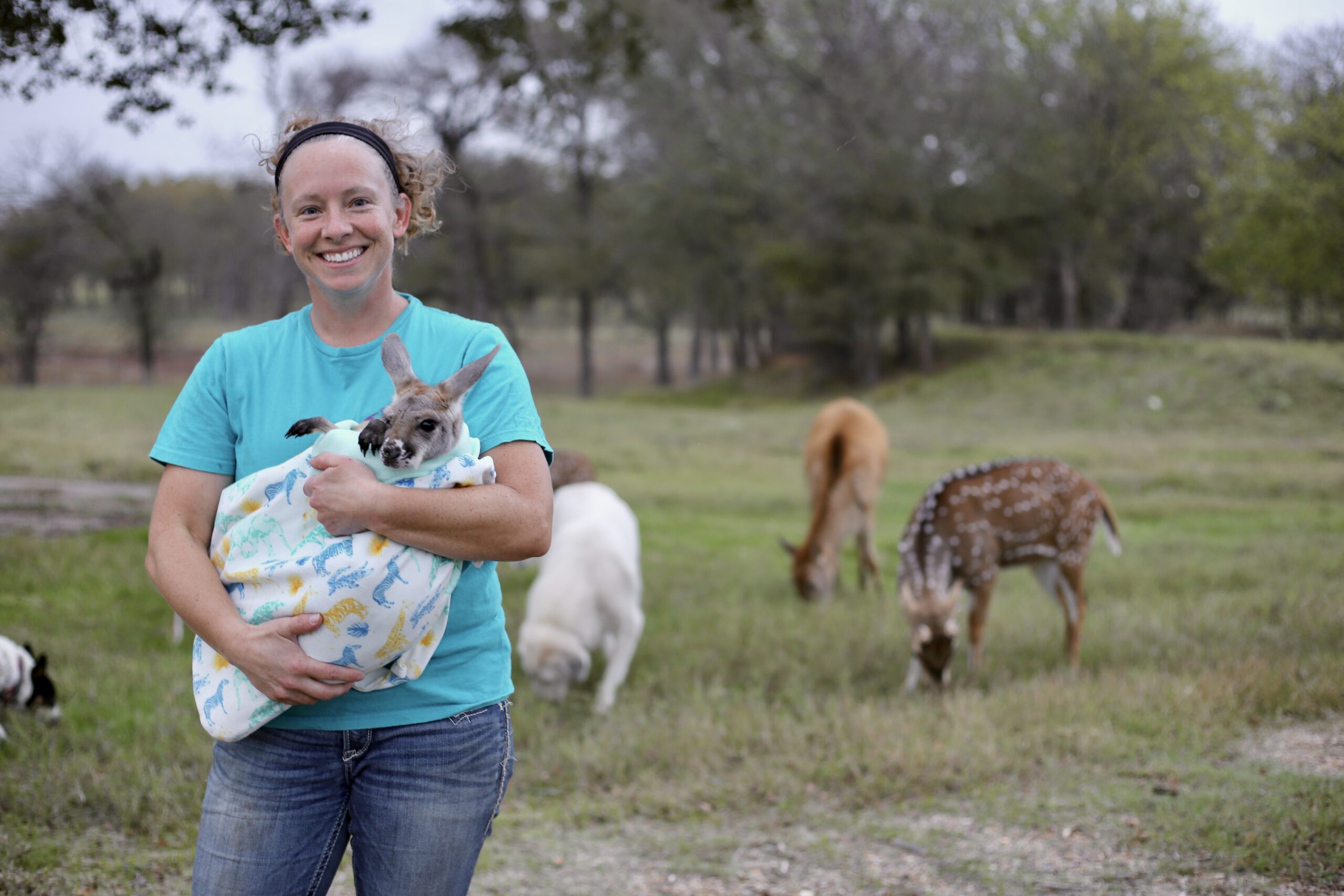
By Hannah Claxton, Editor
As the sun rises each day, so do the dozens of mouths that Meghan McGovern is responsible for getting fed. Rather than the sounds of a rooster crowing, McGovern hears the bellows and bleats of a variety of exotic deer, the chortle of kangaroos, the grunts of water buffaloes, and the chirps of a lemur.
Nestled against the banks of the Red River, the Double M Ranch and Rescue, with its high game fences and deer sprinkling the landscape,s its in stark contrast to the surrounding ranches.
“Having deer is kind of like eating potato chips- you can never actually have just one,” said McGovern with a laugh.
McGovern has several herds to take care of- fallow deer, axis deer, water buffalo, goats, and bison. In smaller numbers, there’s also a few kangaroos, a lemur, a potbelly pig, a pair of zebras, a watusi, and a few horses.
To read more, pick up a copy of the November edition of North Texas Farm & Ranch magazine, available digitally and in print. To subscribe by mail, call 940-872-5922.
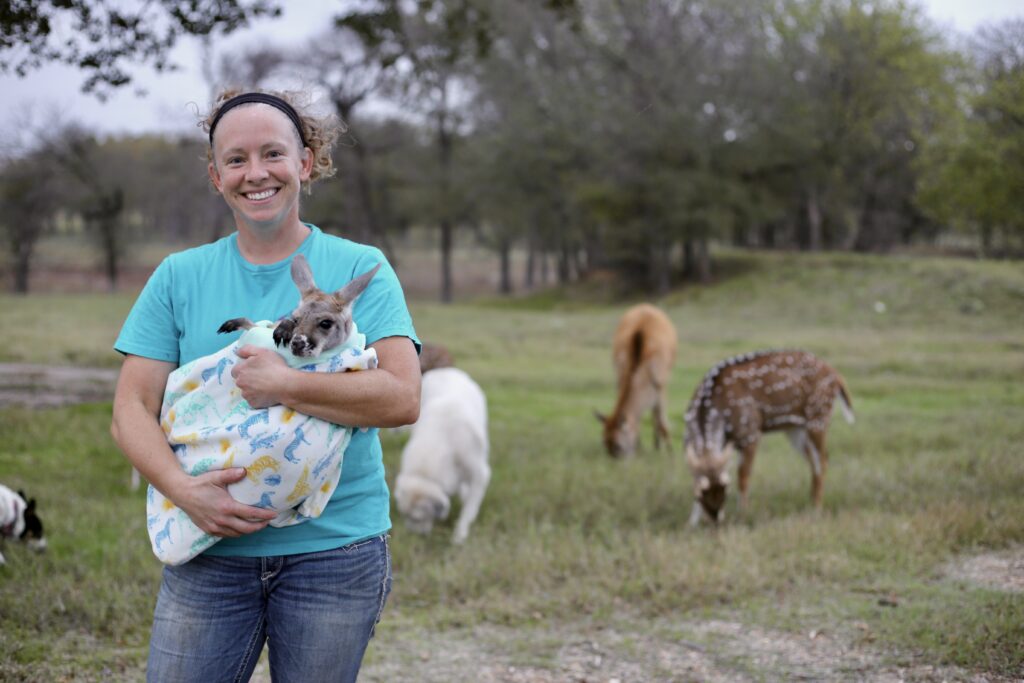
Farm & Ranch
Acorn Toxicity
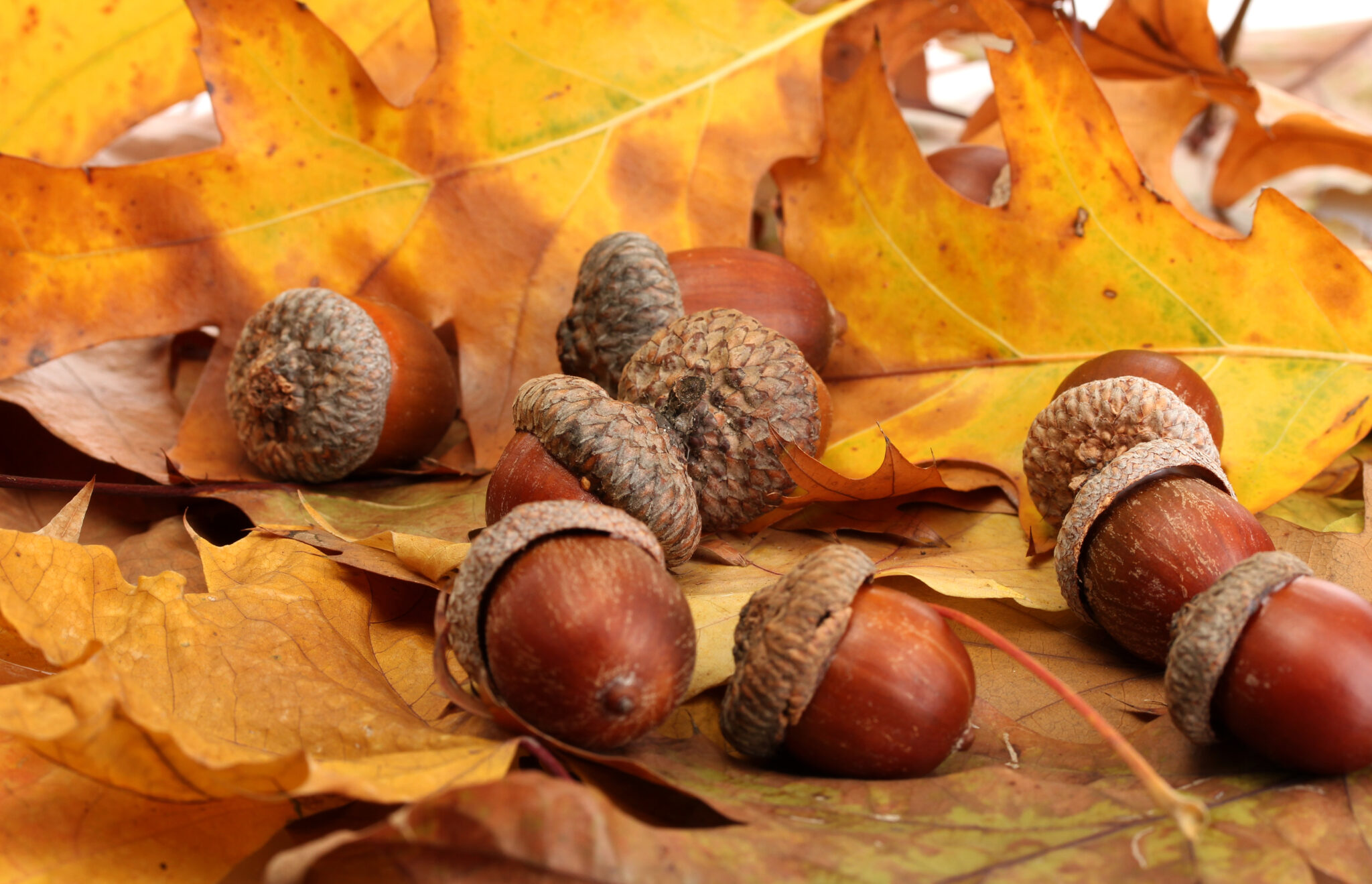
By Barry Whitworth, DVM, MPH
With the prolonged drought, most pastures in Oklahoma end up in poor condition. With the lack of available forage, animals may go in search of alternative foods.
If oak trees are in the pastures, acorns may be a favorite meal for some livestock in the fall. This may result in oak poisoning.
Oak leaves, twigs, buds, and acorns may be toxic to some animals when consumed.
To read more, pick up a copy of the November edition of North Texas Farm & Ranch magazine, available digitally and in print. To subscribe by mail, call 940-872-5922.
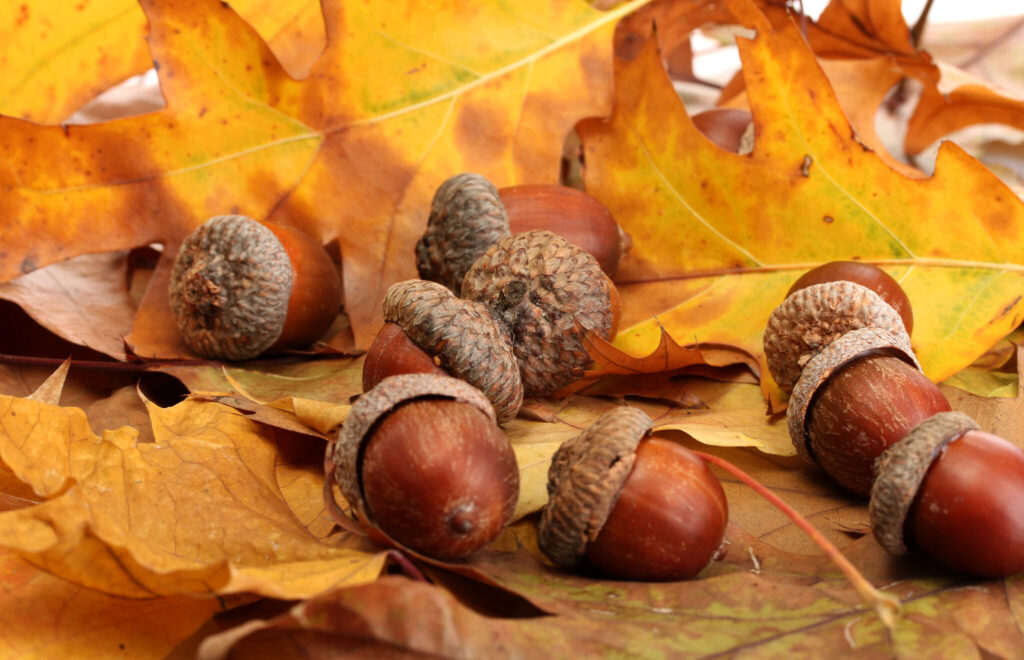
-
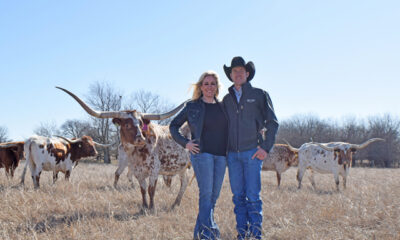
 Country Lifestyles2 years ago
Country Lifestyles2 years agoScott & Stacey Schumacher: A Growth Mindset
-
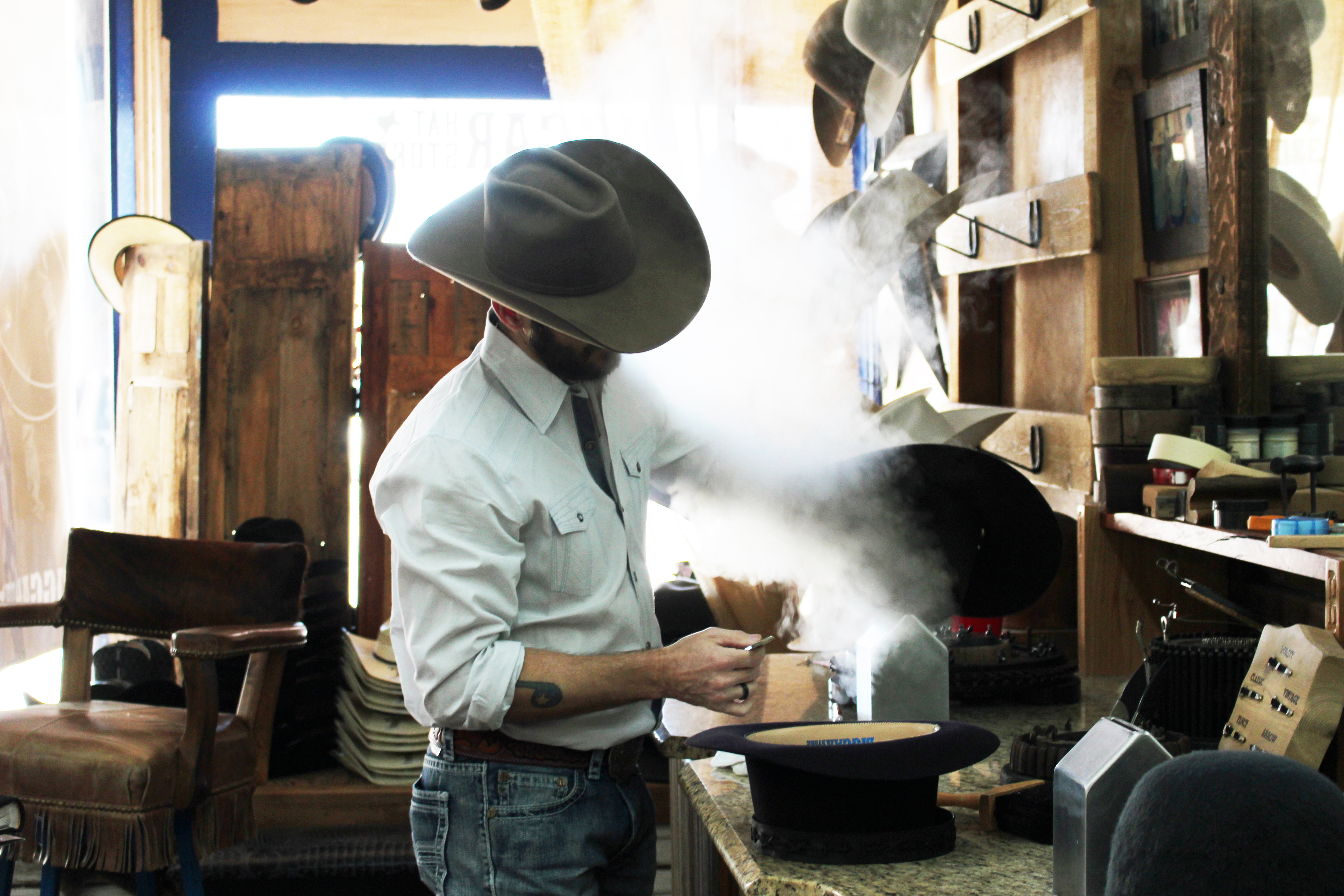
 Country Lifestyles8 years ago
Country Lifestyles8 years agoStyle Your Profile – What your style cowboy hat says about you and new trends in 2017
-
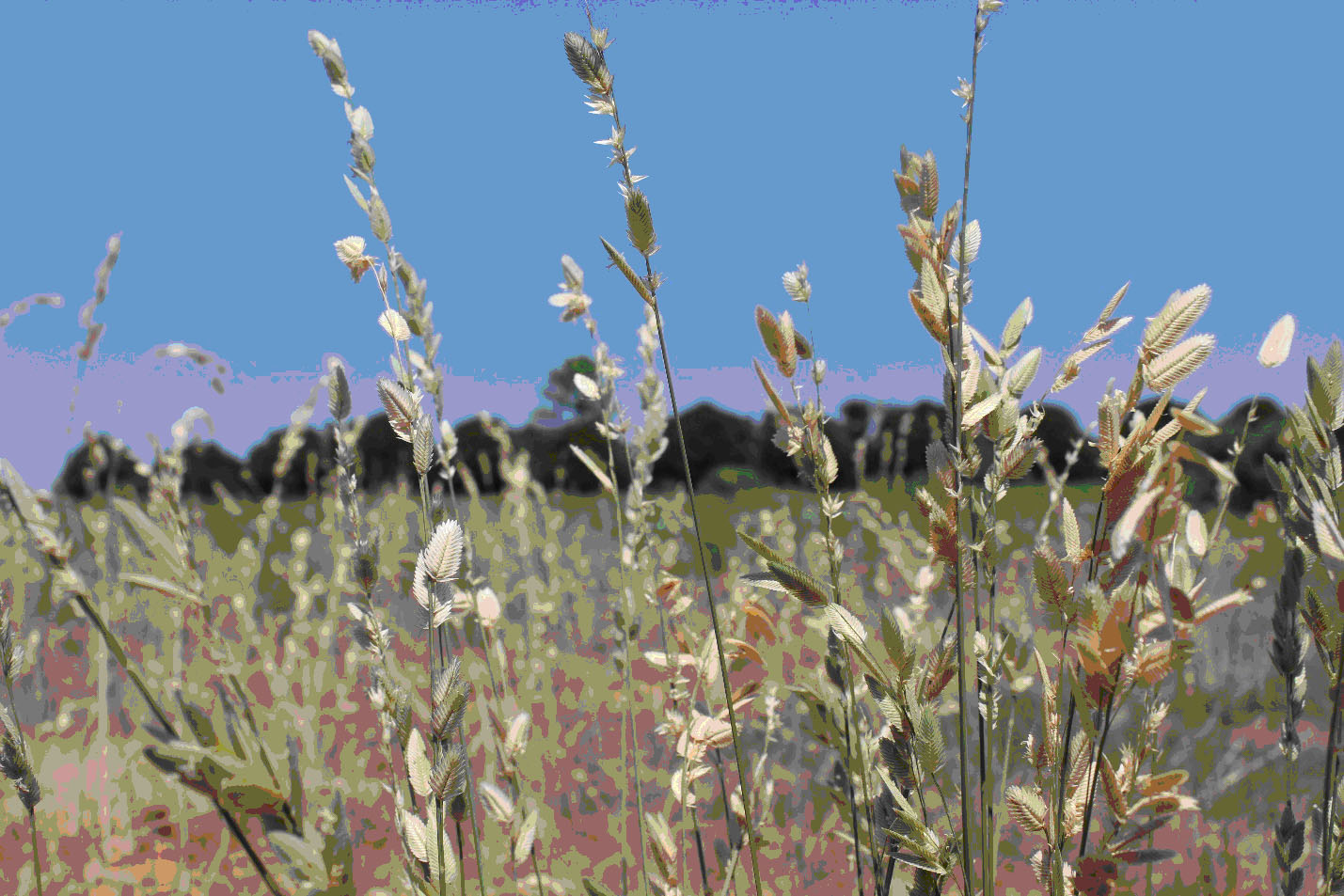
 HOME8 years ago
HOME8 years agoGrazing North Texas – Wilman Lovegrass
-
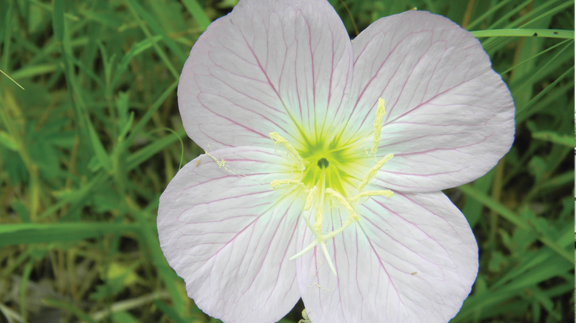
 Outdoor10 years ago
Outdoor10 years agoButtercup or Primrose?
-
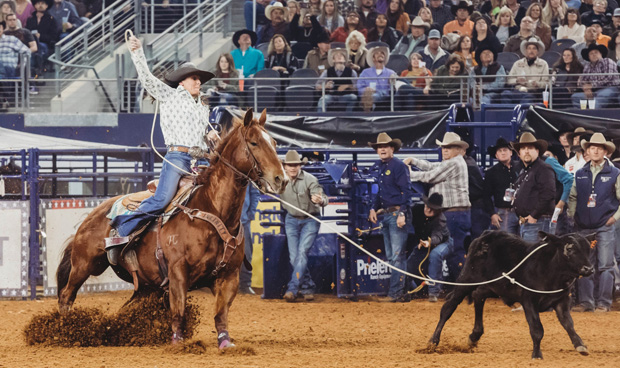
 Country Lifestyles5 years ago
Country Lifestyles5 years agoAmber Crawford, Breakaway Roper
-
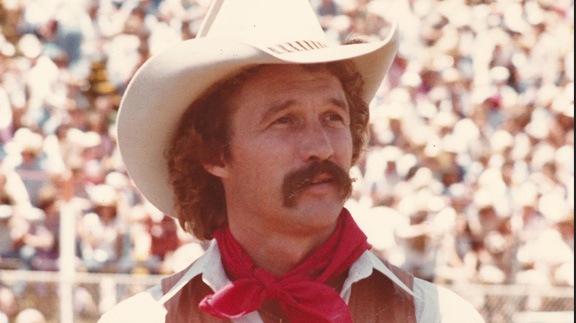
 Country Lifestyles9 years ago
Country Lifestyles9 years agoJune 2016 Profile – The man behind the mic: Bob Tallman
-
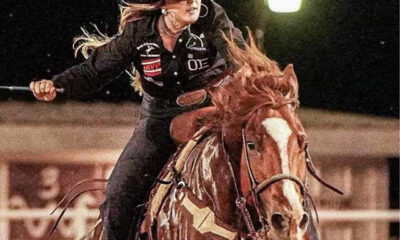
 Equine1 year ago
Equine1 year agoThe Will to Win
-
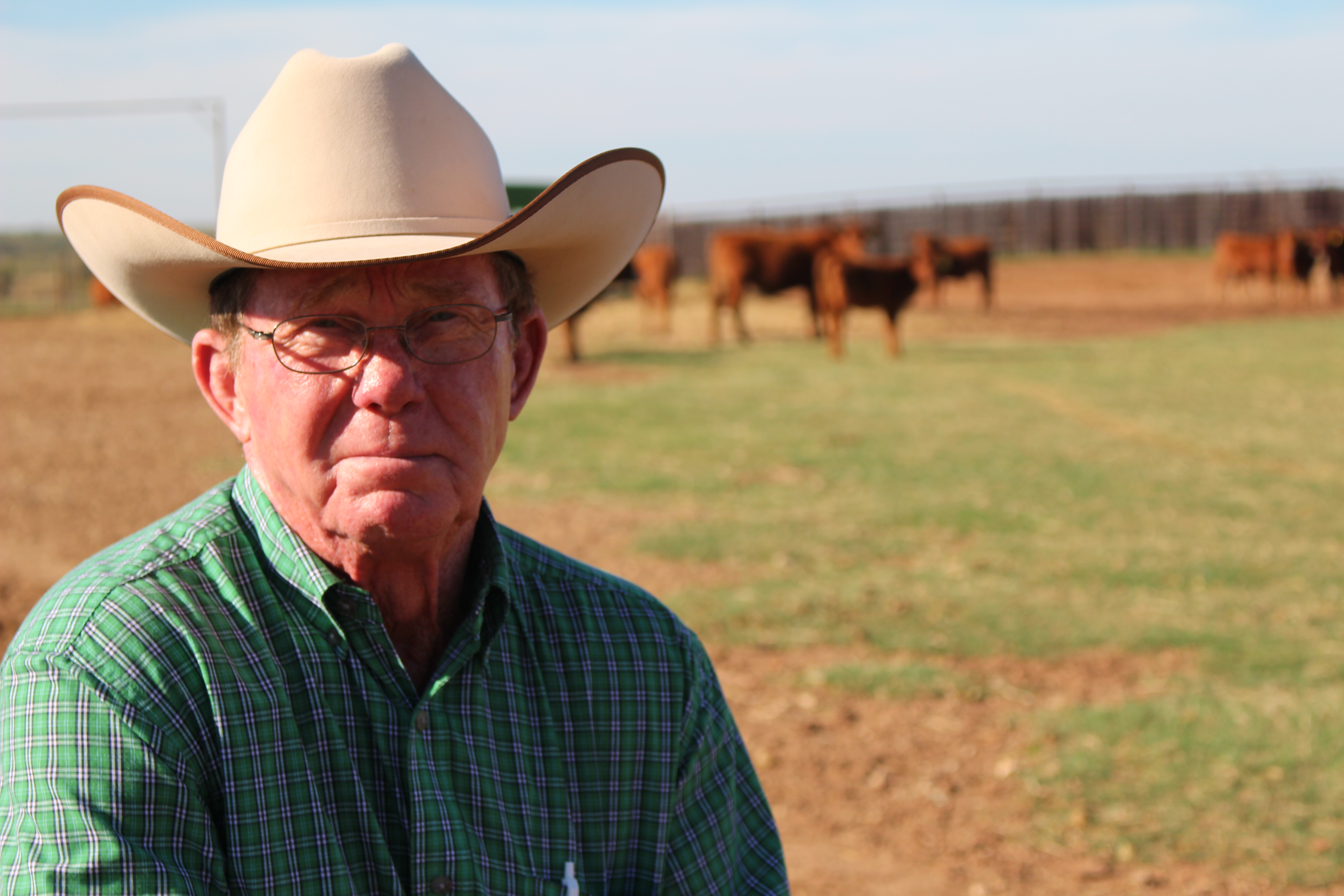
 Country Lifestyles8 years ago
Country Lifestyles8 years agoDecember 2016 Profile, Rusty Riddle – The Riddle Way
